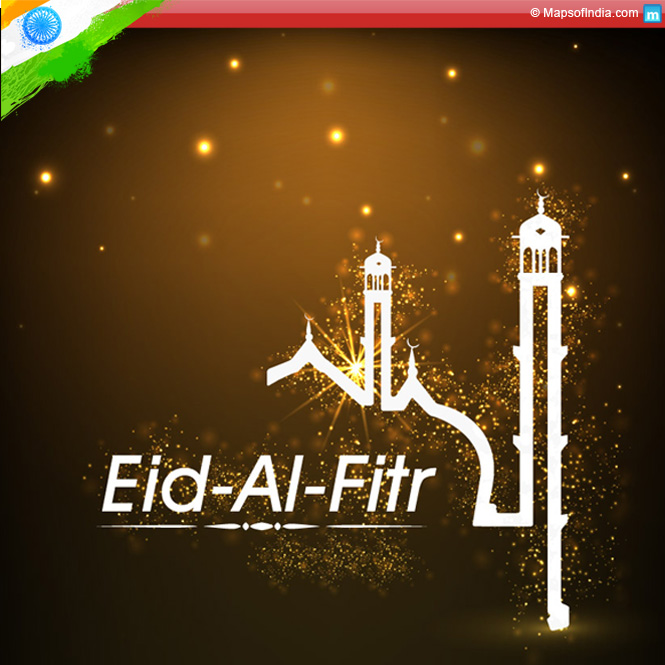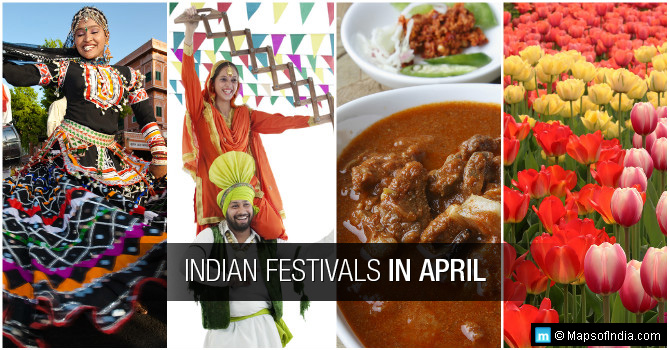Eid al-Fitr that is also known as the Feast of Breaking the Fast, the Lesser Eid or the Sweet Festival marks the end of the Islamic holy month of fasting, Ramadan. On the day of Eid, the new moon is sighted. The sight of a new moon generally falls on two dates as some people go by the seeing the moon and others wait for an announcement from Mecca. This big day falls on the first day of the month of Shawwal. Muslims undergo a period of fasting during the month of Ramadan. These days are celebrated as a gratitude to God.
Salat al-Eid or the pre-dawn prayer
Day of Eid starts before dawn with prayer – the Salat ul-Fajr or the pre-dawn prayer. Muslims get up early in the morning, take bath and wear new clothes before offering prayers. Fast is forbidden on the day of Eid so after having a meal devotees head towards the mosque to offer Eid prayers. This is a part of a community known as Salaat-al-Eid. Eid prayer is performed in an open space and without a call to prayer.
Fitra or Charity
The fitra or charity to the poor and the needy is encouraged on the day of Eid by Muslims before performing Eid prayers. Many people, take this auspicious occasion as an opportunity to distribute zakat, an Islamic obligatory in which 2.5% of one’s annual savings is given to the needy. Zakat is often distributed in the form of food and new clothes. It shows the empathy towards poor, patience, worship and charity.
Ideology behind fasting during Ramadan
Fasting during the month of Ramazan is done to restrict oneself from all worldly desires and to focus on Allah. This is a way to thank Him for all His blessings. All the fasting during the month of Ramadan teaches one the pangs of hunger and thirst. Through fast, one comes to know about the condition of poor who are devoid of enough food and water for their survival. Instead, one should always break the fast and partake in the Iftar with others. Preferring it with one who cannot afford meal is a good idea and also an act of charity.
Donning of new clothes
The significance of wearing new clothes and celebrating this day with the family is to recognize the blessings of God and thank Him for what He has given.
Delicacies
The special delicacies prepared on this day are Lachcha or sivayyan, a dish of fine, toasted sweet vermicelli noodles with milk and dried fruit.
Celebrations
Celebrations of Eid al-Fitr take place for one to three days. ‘Eid Mubarak (“Blessed Eid”) and ‘Eid Sa’id (“Happy Eid”) are the Arabic greetings offered on this day. Muslims are super-excited and turns out in the thousands during the celebration of this festival. Bazaars and shopping malls are stuffed with the people of Muslim community. Women, especially the young girls, often apply the traditional Mehendi or henna, on their hands and wear colorful bangles.
After performing the Eid prayers, some families visit graveyards and pray for the salvation of their deceased family members. The get-togethers and sharing of sweets with the neighbors, family members, and friends are very common on this day. The traditional Eid greeting is Eid Mubarak, and it is frequently followed by a formal embrace. Gifts are frequently exchanged and children are given small sums of money (Eidi) by their elders.
Famous places in India where Eid-al-Fitr prayers are performed
Jama Masjid in Delhi, Mecca Masjid in Hyderabad, Aishbagh Idgah in Lucknow, Red Road and Nakhoda Masjid in Kolkata, Taj-ul-Masjid in Bhopal, Jama Mosque in Mumbai, Hazratbal Mosque in Kashmir.
Know more about Eid Ul Fitr……..
Information about Eid Ul Fitr 2018





